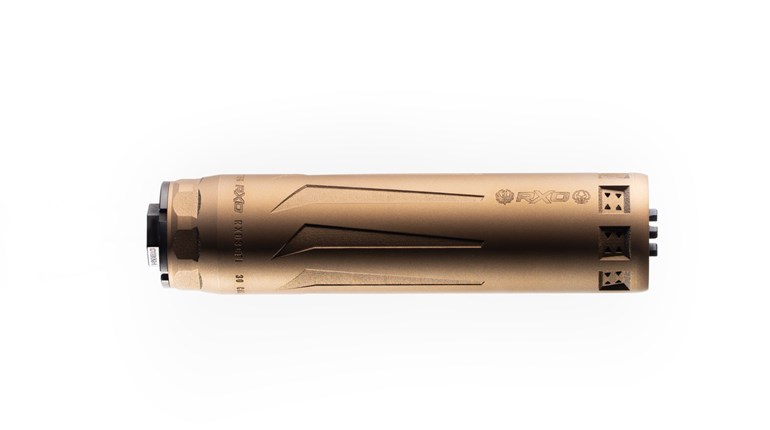
As a young man, the first rifle I could call my own was a Ruger Model 77/22, a fine bolt-action rimfire chambered for the universal .22 Long Rifle cartridge. It was a Christmas gift from my father, and 37 years later, I still own that rifle and it remains one of my favorites. Yet, even at a young age, I watched older hunters reach for a well-battered .22 Magnum, and reach out further than I could, quickly demonstrating the benefits of the magnum cartridge to a young man.
While the .22 Winchester Magnum Rimfire was about the only other popular rimfire cartridge of my youth—the .22 Shorts and Longs had pretty well faded, and the 5mm was only a myth—Hornady would bring forth their petite .17 HMR (Hornady Magnum Rimfire) in 2002, and that was just the forefront of the wave of new rimfires. While the .17 Mach II and .17 Winchester Super Magnum are fine cartridges, they don’t have the following that the .17 HMR does. Let us compare and contrast the two most popular magnum rimfire cartridges, and see which will come out on top.
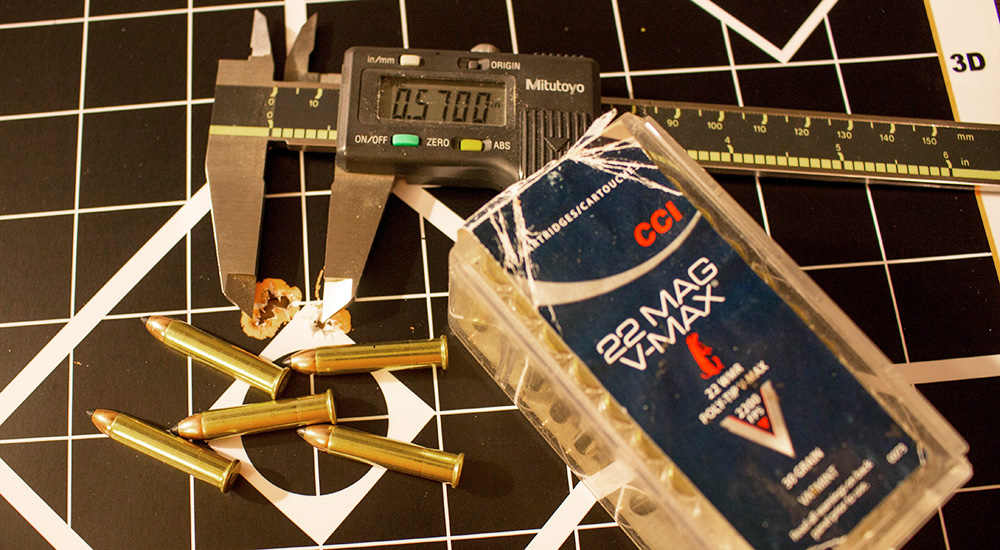
The .22 Winchester Magnum Rimfire is assuredly the older of the pair, yet remains the youngest of the .22-caliber rimfire cartridges. It was officially released in 1959, though wasn't available in a Winchester rifle until 1960; ironically the first rifle available for the new cartridge was a Marlin. While it uses the same projectiles as the .22 Short, .22 Long and .22 Long Rifle—all of which share the same rim dimensions and body diameter, yet varying case lengths—the .22 Magnum is a unique design. It is a straight-walled case, with a body diameter of 0.242-inch (in comparison to the Short, Long and Long Rifle’s diameter of 0.226-inch), a rim diameter of 0.294-inch and a case length of 1.055-inch. The .22 Winchester Magnum Rimfire offers a significant increase in velocity over even the .22 Long Rifle, driving the 40-grain bullets to a velocity between 1875 fps and 1910 fps, depending on brand; this is roughly 700 fps over the .22 Long Rifle cartridge.
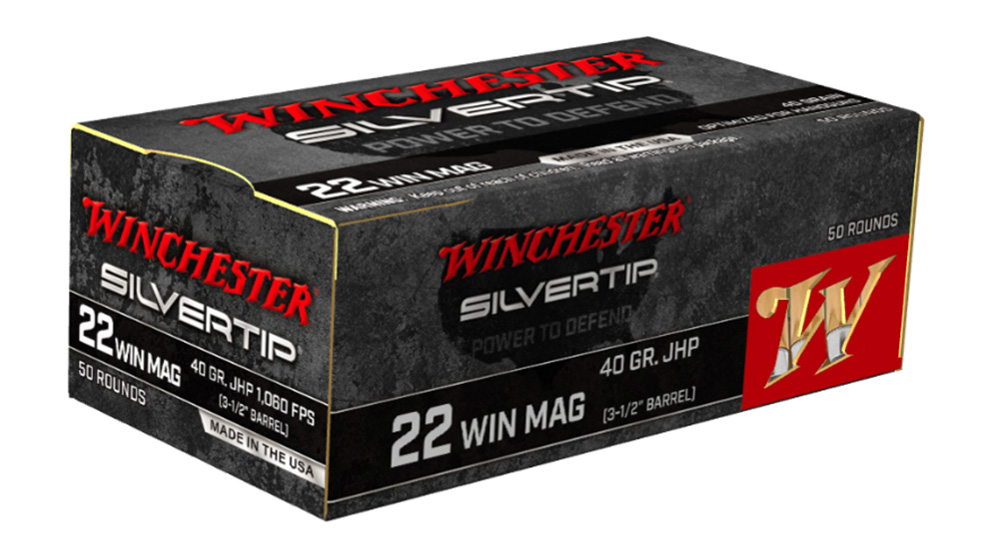
The .22 Magnum has been produced in all types and styles of firearm, including both long guns and handguns. It is a popular choice in combination guns—the Savage Model 24 and 42 both offered a .22 Magnum over some variant of shotgun barrel—as well as being offered in revolver which have interchangeable cylinders. My Dad has a Ruger Single Six revolver with .22 Long Rifle/.22 Winchester Magnum Rimfire cylinders; that handgun is still wonderfully accurate. It is in the rifles that so many hunters fell in love with the .22 Magnum, and many have quipped that it is the poachers best friend, as it has the energy to quickly and quietly take deer with head shots. Though it uses the same bullet weights as the .22 Long Rifle, the increase in velocity relates to an increase in killing power.
Fast forward to 2002, and Hornady would use that .22 WMR as the basis for their .17 Hornady Magnum Rimfire, by simply necking the case down to hold .172-inch-diameter projectiles. While the rim is still used for headspacing, the .17 HMR has a 25-degree shoulder, in order to step the body down to proper diameter to hold the petite projectiles. These bullets saw a significant increase in velocity, with the .17 HMR driving a 17-grain bullet to a muzzle velocity of 2550 fps and the 20-grain bullet to 2375 fps. For those who cannot use lead projectiles, Hornady loads their 15.5-grain NTX—a frangible copper alloy bullet—at 2525 fps, giving a viable option for the lead-free zones; this is an important factor now, and will be more so in the future.
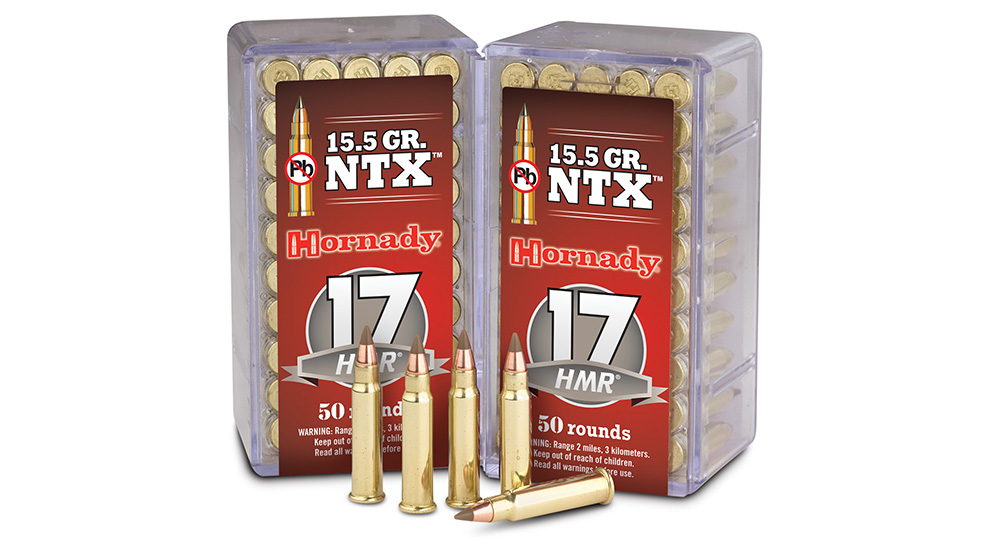
Normally, a magnum cartridge is associated with a higher level of recoil, but neither the .22 Magnum nor the .17 HMR has any level of recoil to speak of. Odds are, 150 yards is about as far as most folks would push either of these cartridges, so I’ll use that distance for our comparisons. I’ve also chosen two of the more aerodynamic loads: the Hornady 20-grain V-Max for the .17 HMR, and the Hornady 30-grain V-Max load for the .22 WMR.
Using a 100-yard zero for both—even the slower .22 Magnum will only have a rise of 0.7-inch—you’ll find the .17 HMR hitting 3.1 inches low at 150 yards, and the .22 WMR hitting 4.8 inches low. In a 10 mph crosswind, you’ll find the .17 HMR drifting 8.9 inches at that same distance, while the .22 WMR will drift 13.9 inches; this can make hitting a prairie dog much easier with the smaller cartridge. And despite the .22 WMR having 322 ft.-lbs. of muzzle energy in comparison to the .17 HMR’s 250 ft.-lbs., at 150 yards the .17 HMR actually has more energy; 99 ft.-lbs. for the .17 HMR and 94 ft.-lbs. for the .22 Magnum.
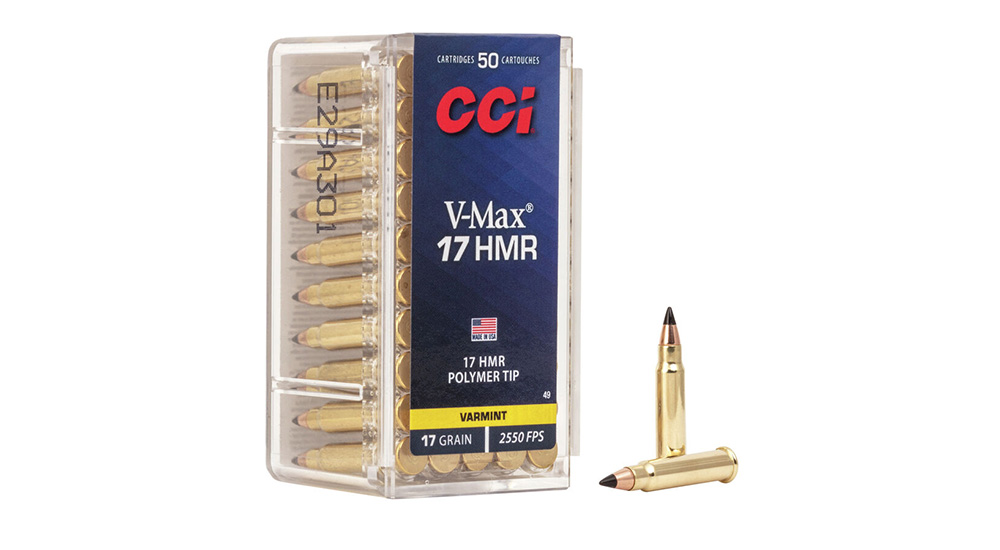
There really is no major cost difference in shooting either cartridge, and ammunition for both of these cartridges is manufactured by all of the major players in the rimfire ammo game. Hornady, Federal, CCI, Winchester, Remington and Browning are all making excellent stuff, provided you can find it on shelves. So which gets the nod from me?
I like the .17 HMR, as it works a bit better at the extreme ranges of these two cartridges; I spent time with both on the windy Rosebud Reservation in South Dakota, and it was easier to make distant hits with the .17 HMR than it was with the .22 WMR. On edible game, like rabbits and squirrels, I find the .17 HMR to be less destructive, yet the cartridge still has the goods to take coyotes and foxes at common sense ranges. Being completely honest, unless it’s a target of opportunity, I will grab a centerfire rifle for my serious coyote pursuits, so I would be fine with the .17 HMR for my rimfire duties. I would always want to own a good .22 Long Rifle, but an accurate .17 HMR makes a welcome addition to the gun safe.
Looking for previous installments of our "Head to Head" series? We've got you covered.
• .280 Ackley Improved vs. 28 Nosler
• .22-250 Remington vs. .224 Valkyrie
• 9.3x62mm Mauser vs. .375 H&H Magnum
• .348 Winchester vs. .358 Winchester
• .35 Whelen vs. .375 H&H Magnum
• 7mm PRC vs. 7mm Remington Magnum
• 6.8 Western vs. .270 Winchester
• .218 Hornet vs. .218 Bee
• .338-06 A-Square vs. .35 Whelen
• .308 Winchester vs. .300 Winchester Magnum
• 6.5 Creedmoor vs. 6.5 PRC
• .22 LR vs. .22 WMR
• .30-06 Springfield vs. .300 Winchester Magnum
• .300 Wby. Mag. vs. 8mm Rem. Mag.
• 7mm Remington Magnum vs. 27 Nosler
• .257 Roberts vs. .25-06 Remington
• .300 H&H Magnum vs. .300 Winchester Magnum
• .308 Winchester vs. .338 Federal
• .222 Remington vs. .223 Remington
• .270 WSM vs. 7mm Rem. Mag.
• .22-250 Remington vs. .204 Ruger
• .25-06 Remington vs. 6.5 Creedmoor
• .444 Marlin vs. .45-70 Government
• 7x57mm Mauser vs. .280 Remington
• .300 Win. Mag. vs. .300 Wby. Mag.
• .375 Ruger vs. .375 H&H Magnum
• 7mm-08 Remington vs. .280 Remington
• .280 Remington vs. .280 Ackley Improved
• 7mm vs. .30 Caliber
• 6.5 Weatherby RPM vs. 6.5 PRC
• .338 Win. Mag. vs. .340 Wby. Mag.
• .300 RSAUM vs. .300 WSM
• .500 Jeffrey vs. .505 Gibbs
• 7mm RUM vs. .300 RUM
• .308 Winchester vs. 7mm-08 Remington
• 6.5 Creedmoor vs. .260 Remington
• .303 British vs. 8x57 Mauser
• .30-06 Springfield vs. All Other .30s
• .17 HMR vs. .17 WSM
• .450 Nitro Express vs. .470 Nitro Express
• 350 Legend vs. .35 Remington
• .280 Ackley Improved vs. 7mm Rem. Mag.
• .404 Jeffery vs. .416 Rigby
• .243 Winchester vs. 6mm Creedmoor
• .300 PRC vs. .300 Win. Mag.
• .30-06 Springfield vs. .270 Winchester
• 6.5 Creedmoor vs. 7mm-08 Remington
• 8x57 Mauser vs. .318 Westley Richards
• .358 Winchester vs. .350 Remington Magnum
• .22-250 Remington vs. .220 Swift
• .270 Winchester vs. .270 WSM
• .26 Nosler vs. 6.5-300 Weatherby Magnum
• .458 Win. Mag. vs. .458 Lott
• 7mm Rem. Mag. vs. .300 Win. Mag.
• .243 Winchester vs. 6mm Remington
• 7x57mm Mauser vs. 7mm-08 Remington
• .25-06 Remington vs. .257 Weatherby Magnum
• .338 Winchester vs. .375 H&H Magnum
• .30-30 Winchester vs. .35 Remington
• .257 Roberts vs. .250-3000 Savage
• .270 Winchester vs. .280 Remington
• .35 Whelen vs. 9.3x62mm Mauser
• .416 Rigby vs. .416 Remington Magnum
• .308 Winchester vs. .30-06 Springfield
• .22 Nosler vs. .224 Valkyrie
• .300 Win. Mag. vs. .300 WSM
• .223 Remington vs. .22-250 Remington



























